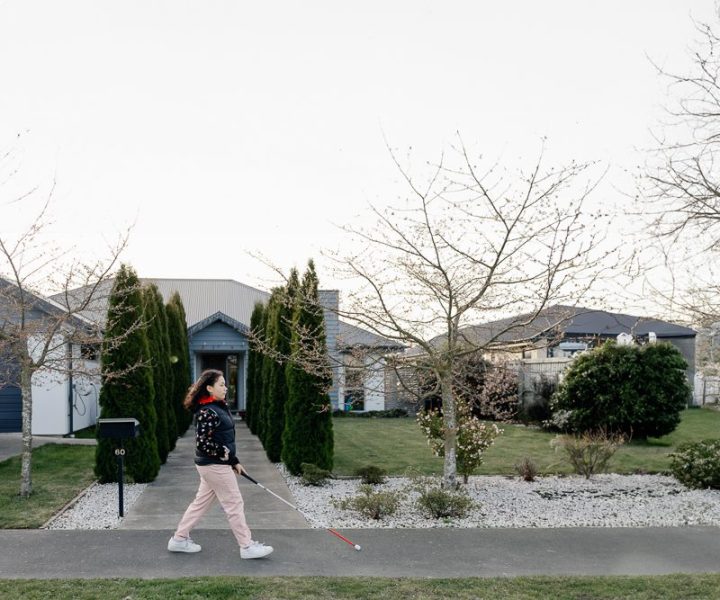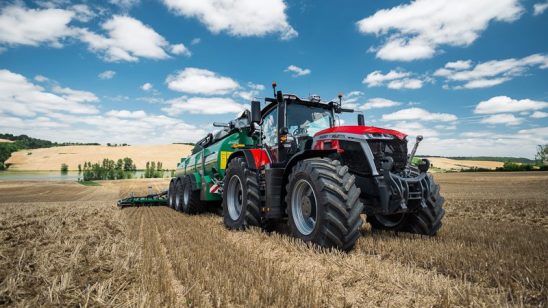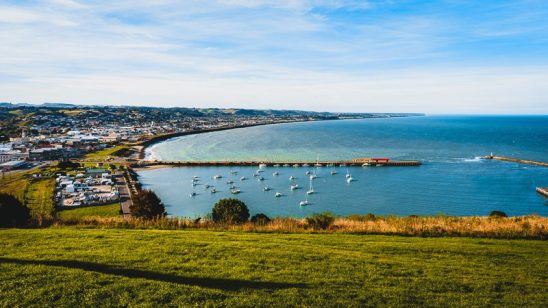
Seeing the problem
More than 193,000 Kiwis are blind, deafblind, or living with low vision. It’s a number that is projected to soar to 225,000 by 2028 due to age-related eye conditions, such as macular degeneration, glaucoma, and diabetes.
As the impact of vision loss continues to escalate, Blind Low Vision Month (October) is raising awareness about the challenges faced by individuals across the country and the critical support needed to help them maintain their independence and dignity.
Vision loss affects people in diverse ways. Some, like 15-year-old Marama Moar-Tomoana (pictured), are born with visual impairments, while others lose their sight suddenly or experience a gradual decline over time. Born with a condition that caused blindness from birth, Marama has spent her life adapting to a world designed for those with sight. Navigating the simplest tasks, such as crossing a street or reading a menu, has been a journey of learning, resilience, and perseverance.
“There were times when I felt my world shrinking,” says Marama. “I lost confidence in tasks that others found simple, and that isolation made me feel cut off from my community,” says Marama. With support from Blind Low Vision NZ (BLVNZ) she has been able to find the necessary tools and support to live an independent life. “For me, it’s about acceptance. It’s my eyes that don’t work properly, not my brain,” says Marama.
According to BLVNZ Chief Executive, Andrea Midgen, it’s important that with the increasing number of Kiwis with low vision we encourage others to see the person not just the sight loss. “One in five Kiwis will experience blindness, deafblindness, or low vision in their lifetime,” says Andrea. “For every person affected, the emotional, physical, and social toll is different. We want Kiwis to get behind BLVNZ and help us ensure that everyone can live fulfilling lives. This means access to everyday services, experiences and support to meet any challenges.”
Visit blindlowvision.org.nz



